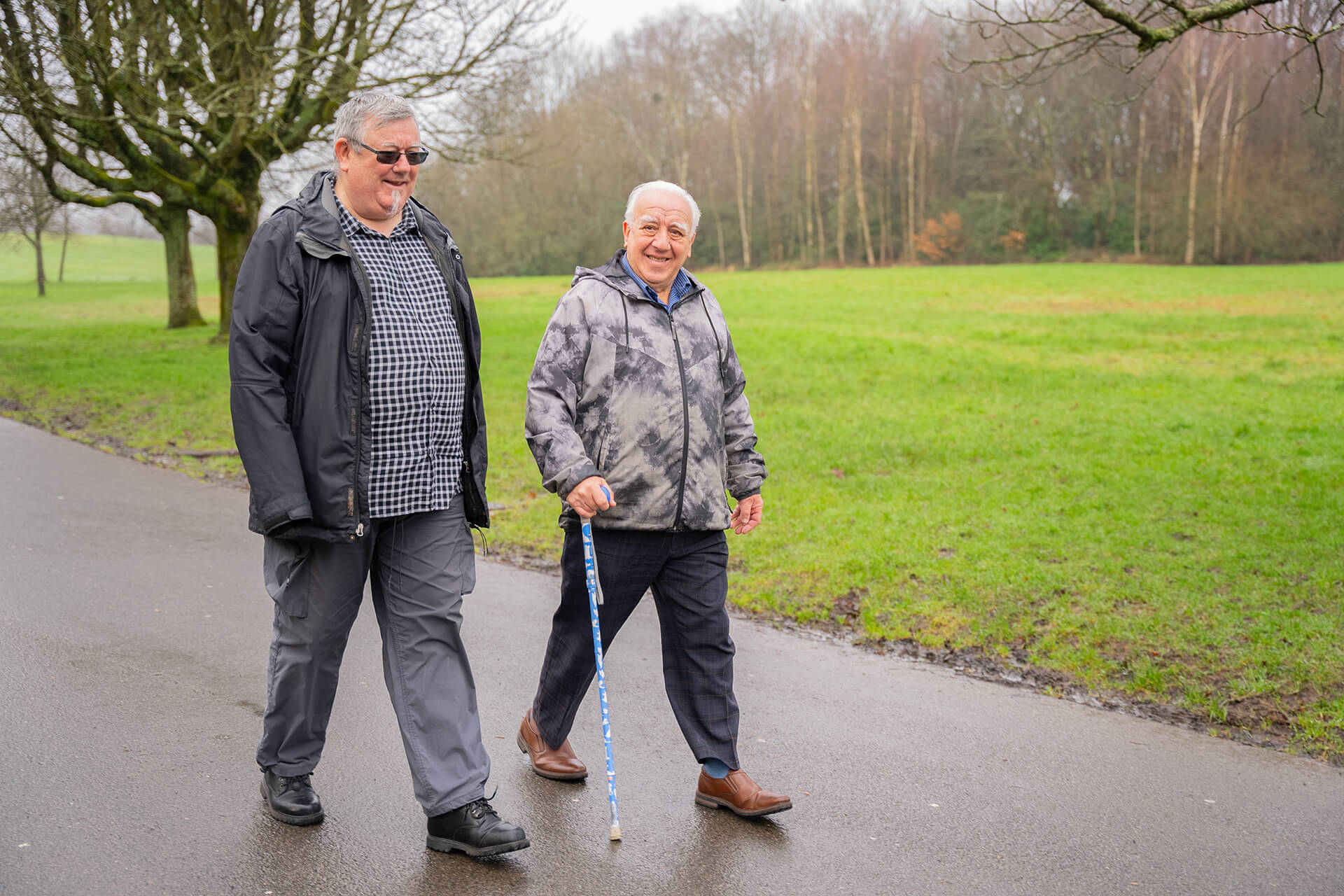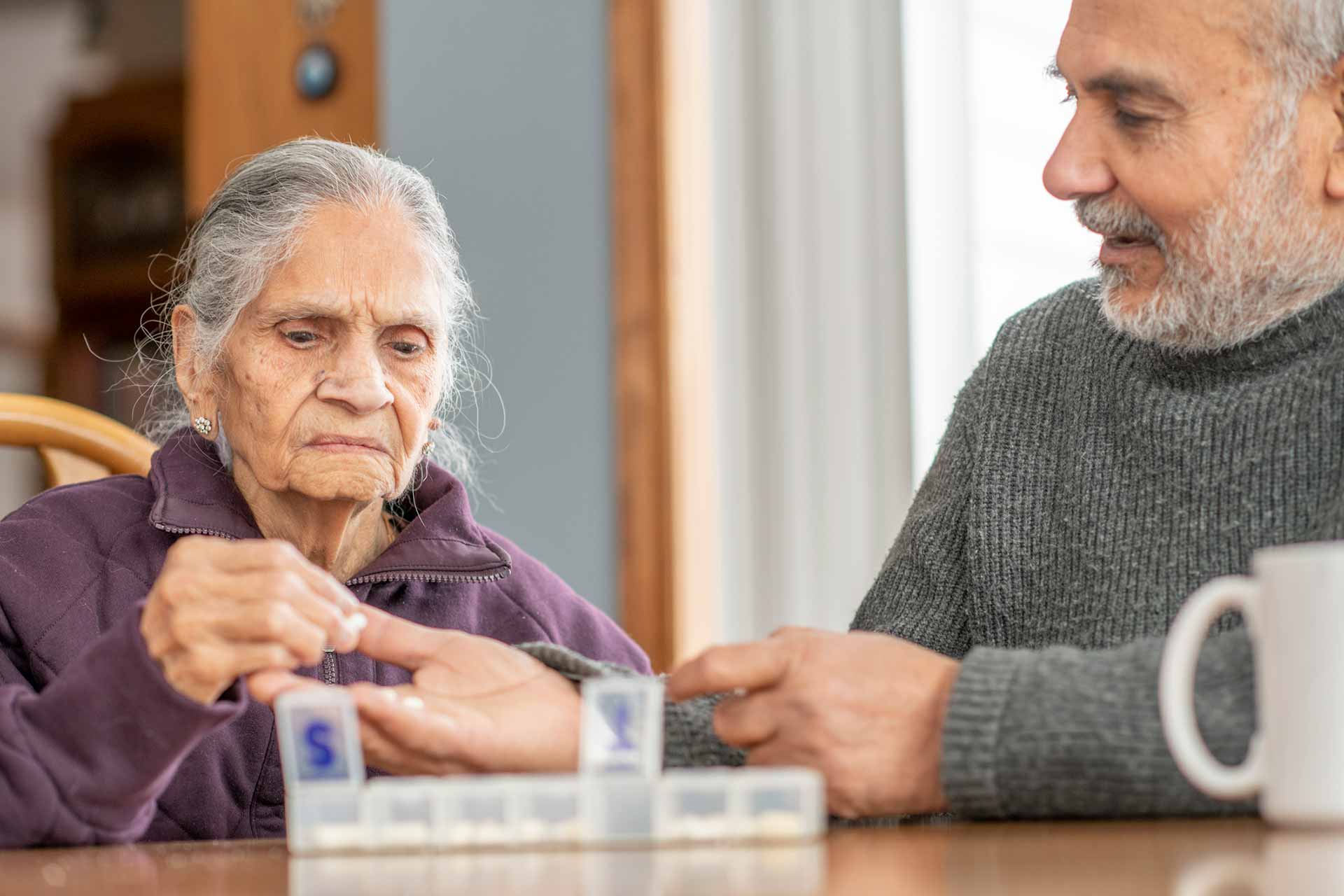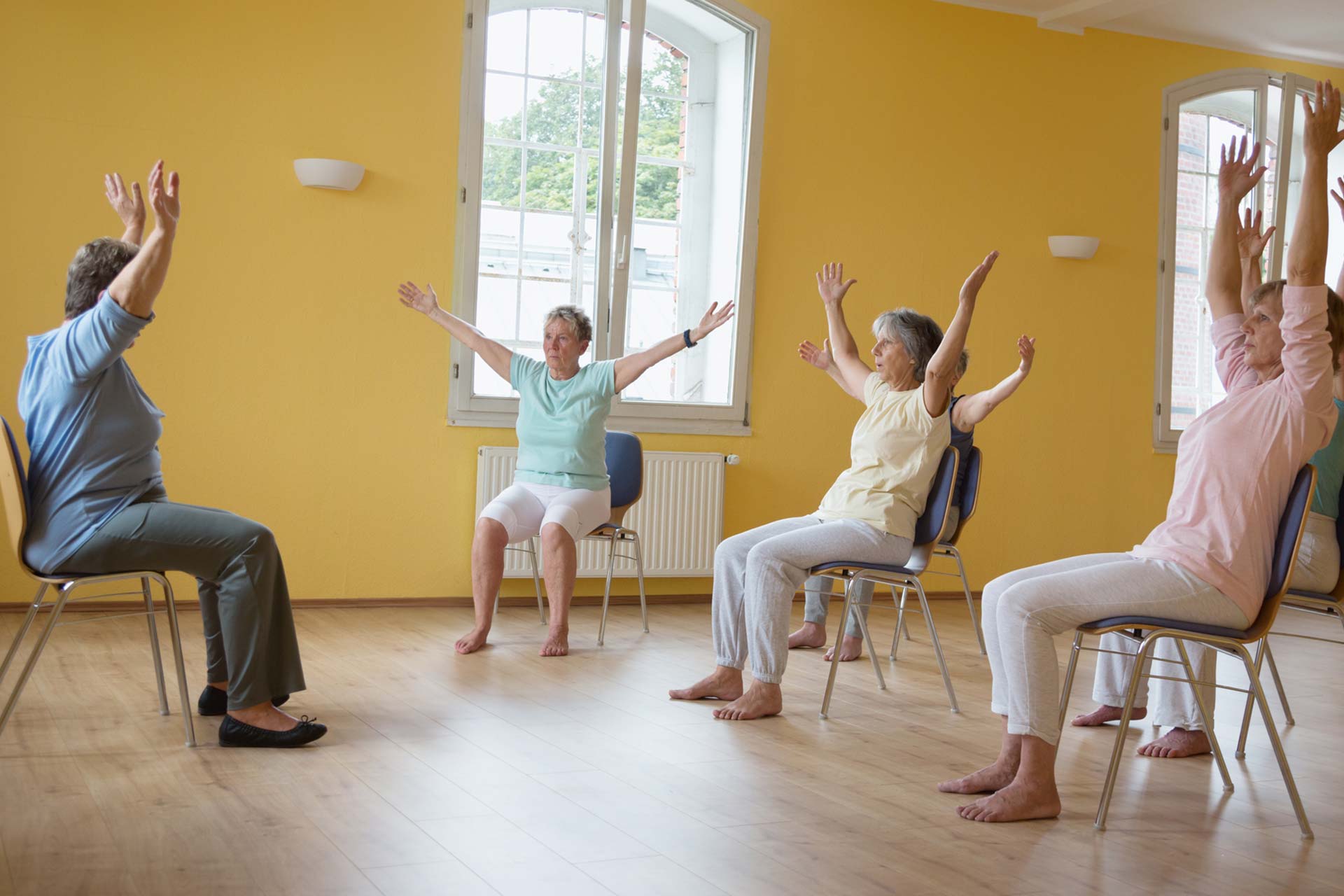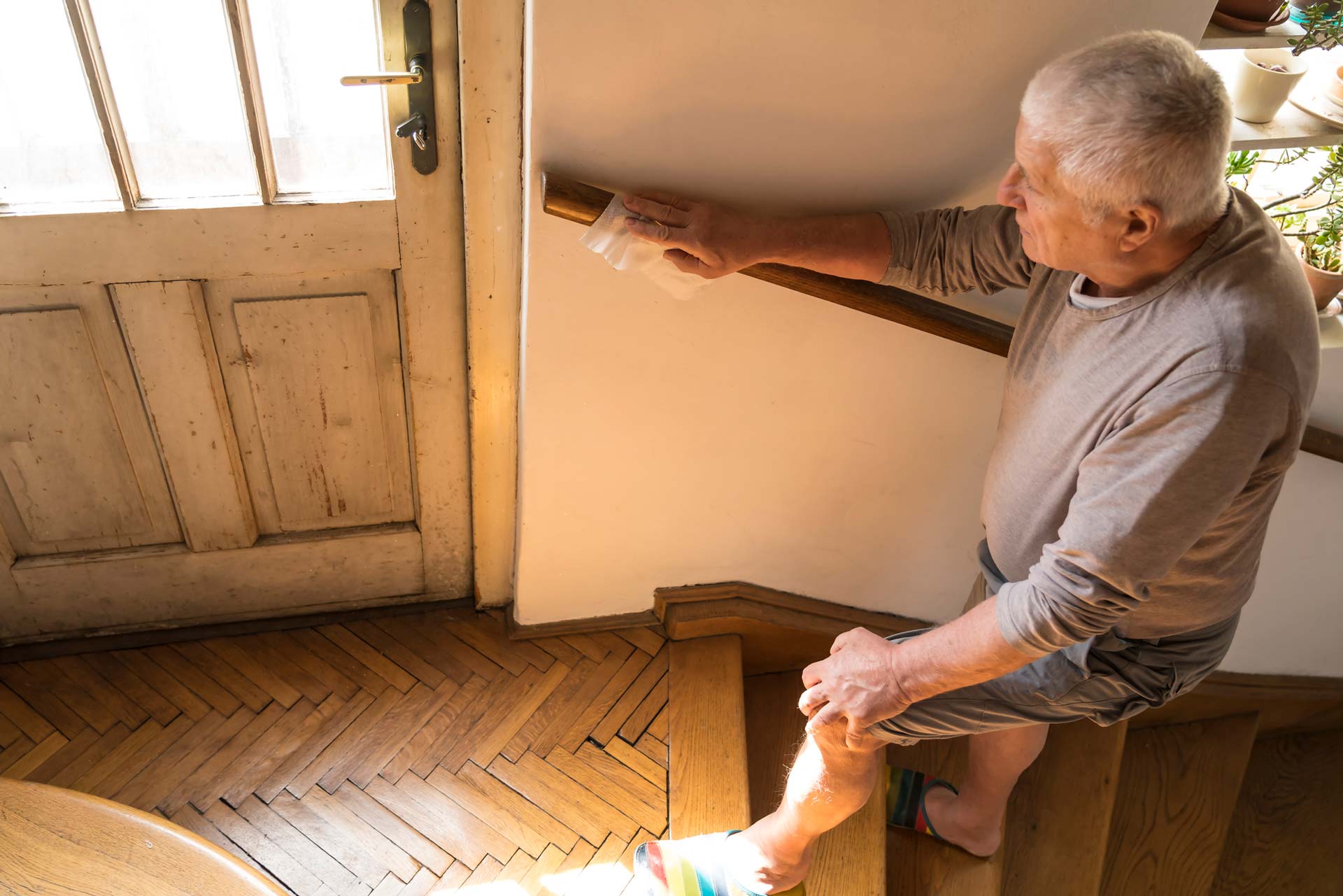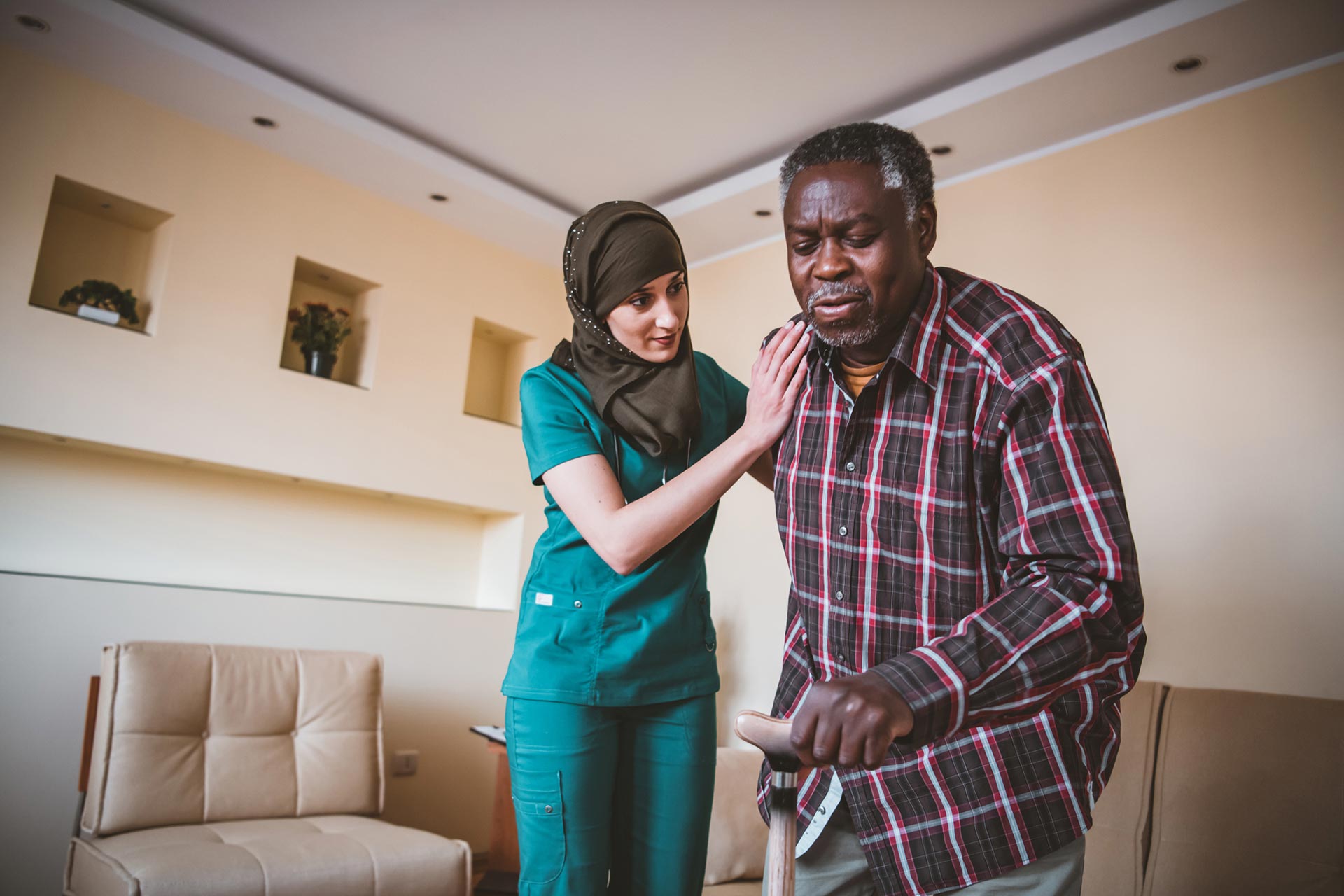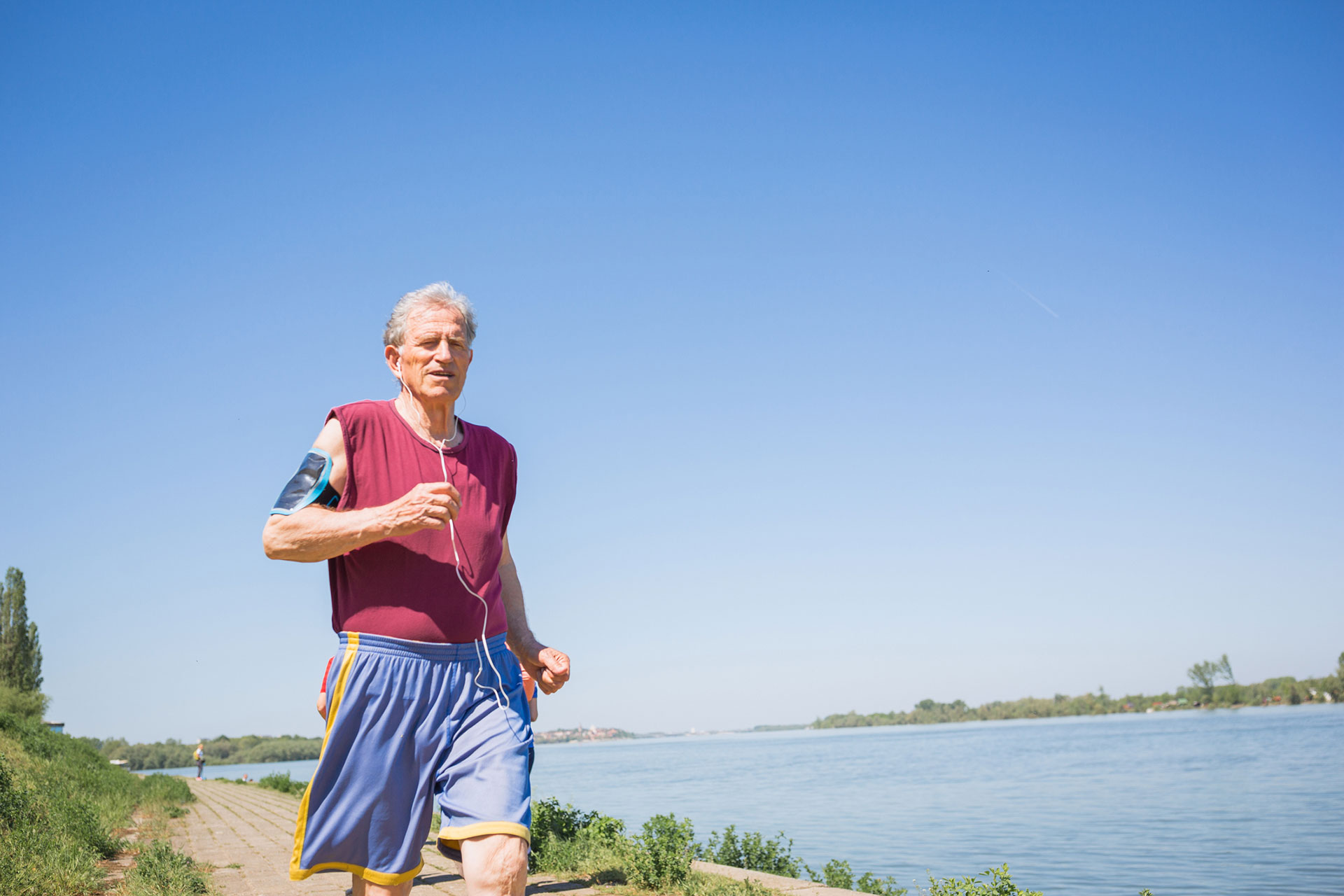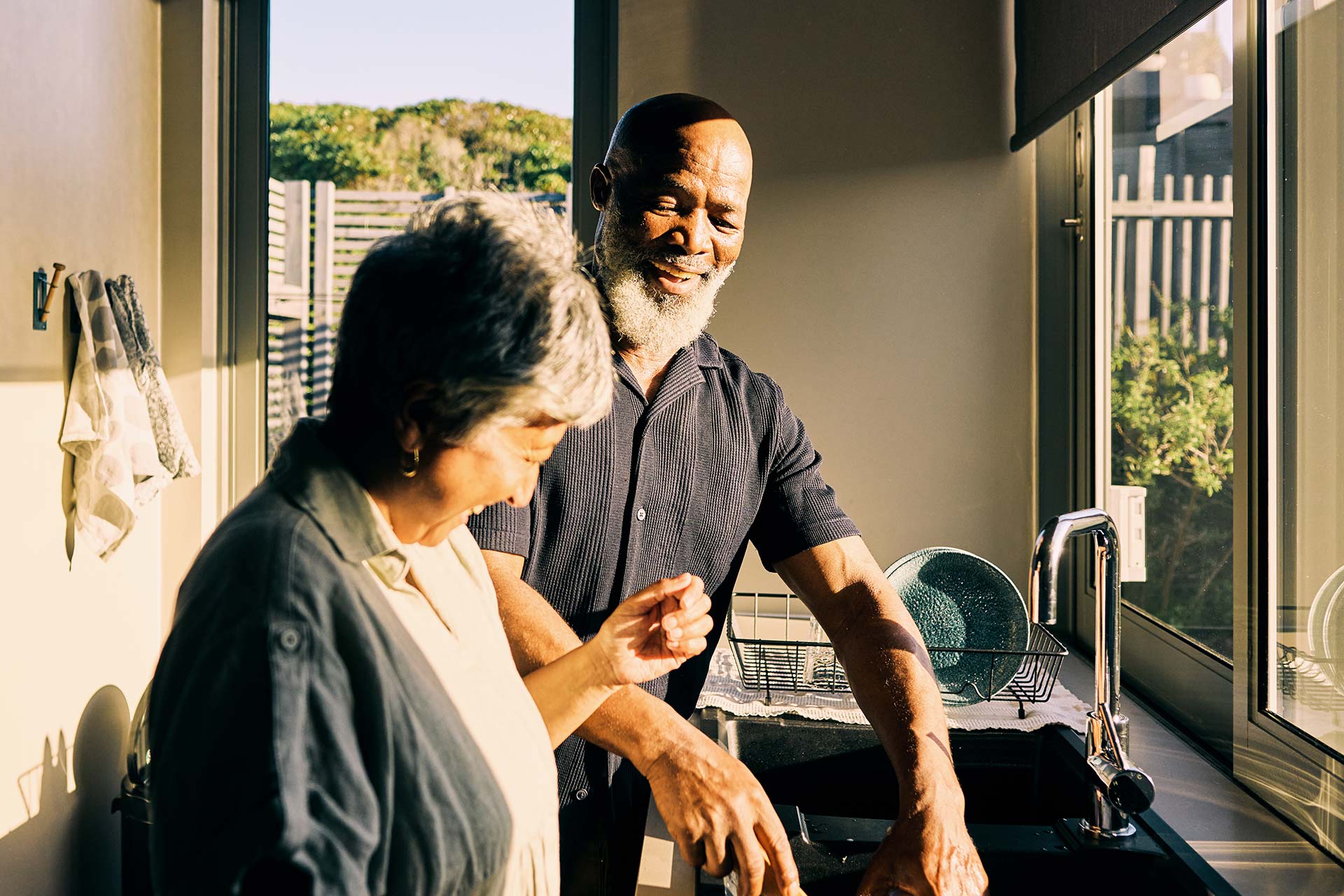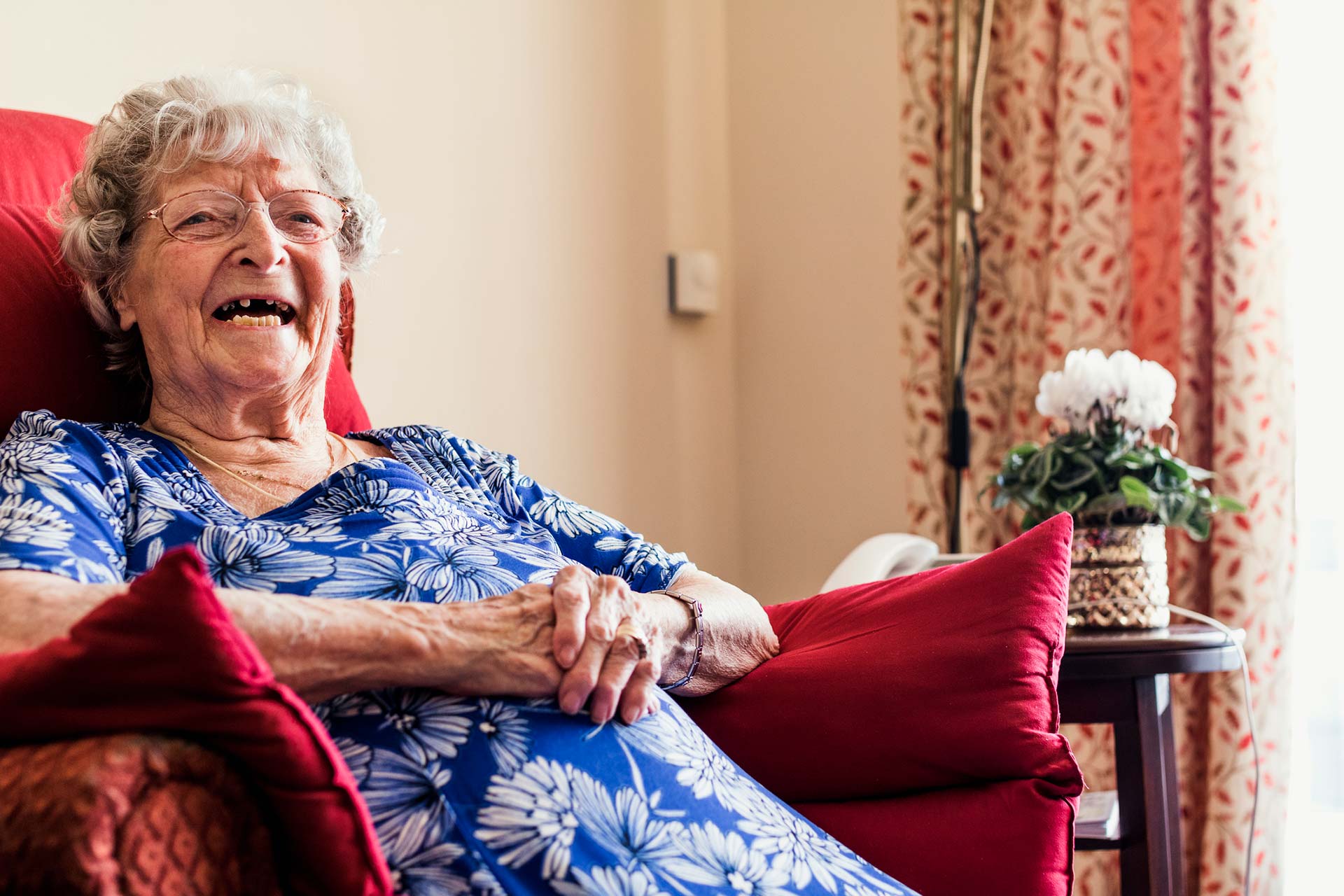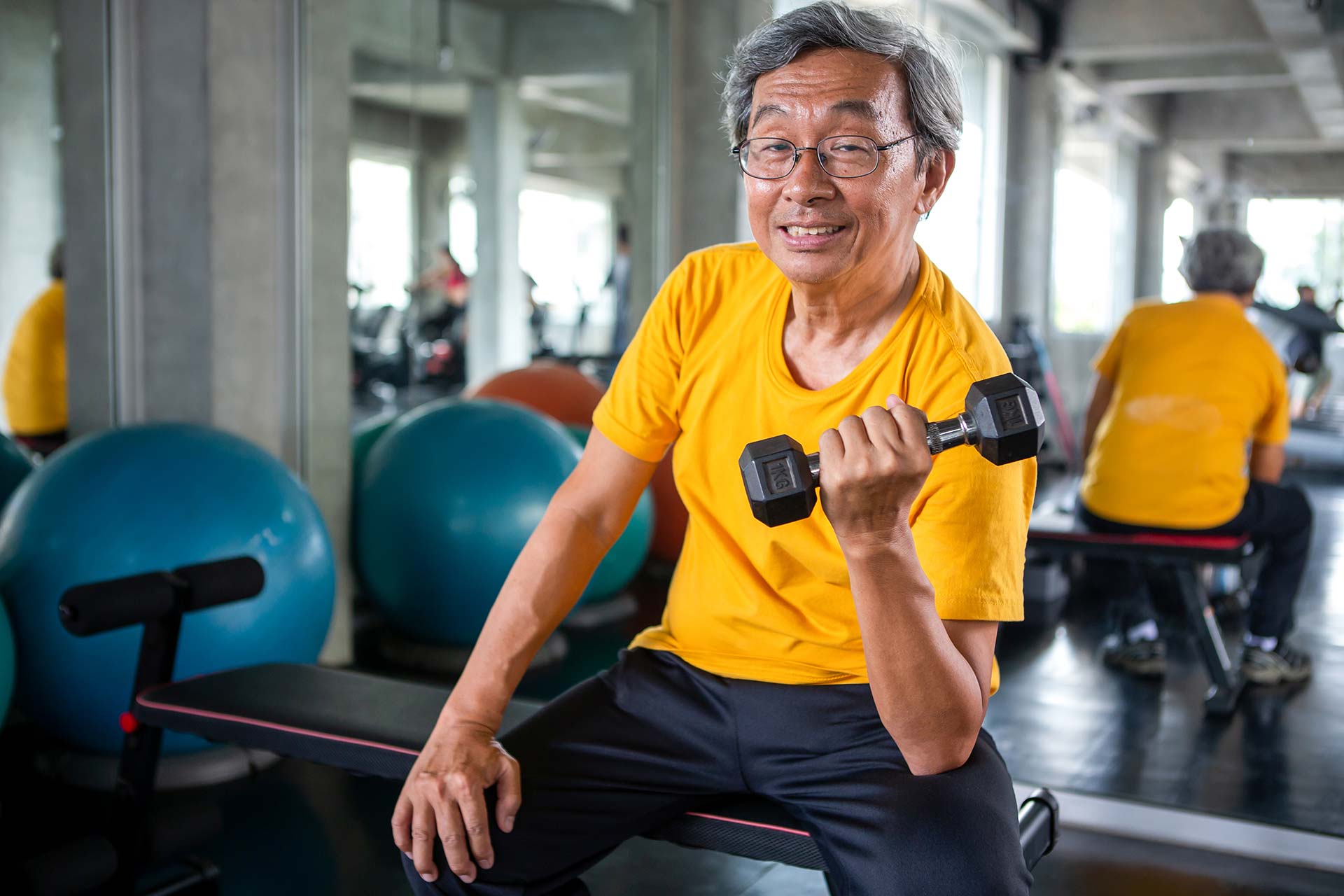Products to help with your walking.
What are walking aids?
Walking aids are pieces of equipment that can help keep you moving if you are finding walking difficult. They come in many different forms, from walking sticks to wheeled walkers. Because there are so many options to choose from, it can be confusing when it comes to selecting the right one for you.
Do I need a walking aid?
That depends not only on your walking ability but also on your environment!
The absolute first thing to consider is whether you actually need a walking aid. Reactivation movements suggested by our experts can help you rebuild the strength and balance you need to maintain your walking ability. Just practising specific movements for a few minutes every day will help to keep your walking ability up – they can even help you regain your mobility as you gain confidence and strength. The best thing you can do is keep walking regularly. The more you walk, the more you will gain strength and be able to keep doing it. If you start to avoid walking, that’s when it starts to become harder to do it.
The environment around you plays a huge role in whether you need a walking aid or not. For example, if you think about someone walking up a hill, their path might be clear and well-maintained. They may not need anything to help them on their walk. But if the hill is very steep, or perhaps the path is rough and uneven, walkers may choose to use walking poles to help steady them up and down the walk.
Does it matter which walking aid I use?
Yes! It absolutely does. The LifeCurve™ shows a set of activities that become harder to do as we age. At the top of The LifeCurve, there are four other activities that might start to become harder as we get older, including hiking. The very first thing to do when you reach these markers is exercise to get your ability back! Our experts have cultivated specific movements that will help at every stage of The LifeCurve™.
Relying on equipment to help you walk before you need to will take away your body’s ability to do that activity without help. The best thing you can do for yourself is to practise those short movements every day to increase your strength and confidence with your walking. Let’s get your ability back!
So, why do people use walking aids?
Walking aids are a good option when someone’s ability to walk has decreased to the point where they cannot physically manage without assistance.
Occasionally, people will think about walking aids for stability if they begin to have a fear of falling. Falls are not a part of healthy ageing. If you have fallen recently, or are worried about unsteadiness leading to a fall, please seek professional help from your GP. Consider modifying your environment if you are worried about this. For example, do you have any mats which could be tripped over that could be moved somewhere else?
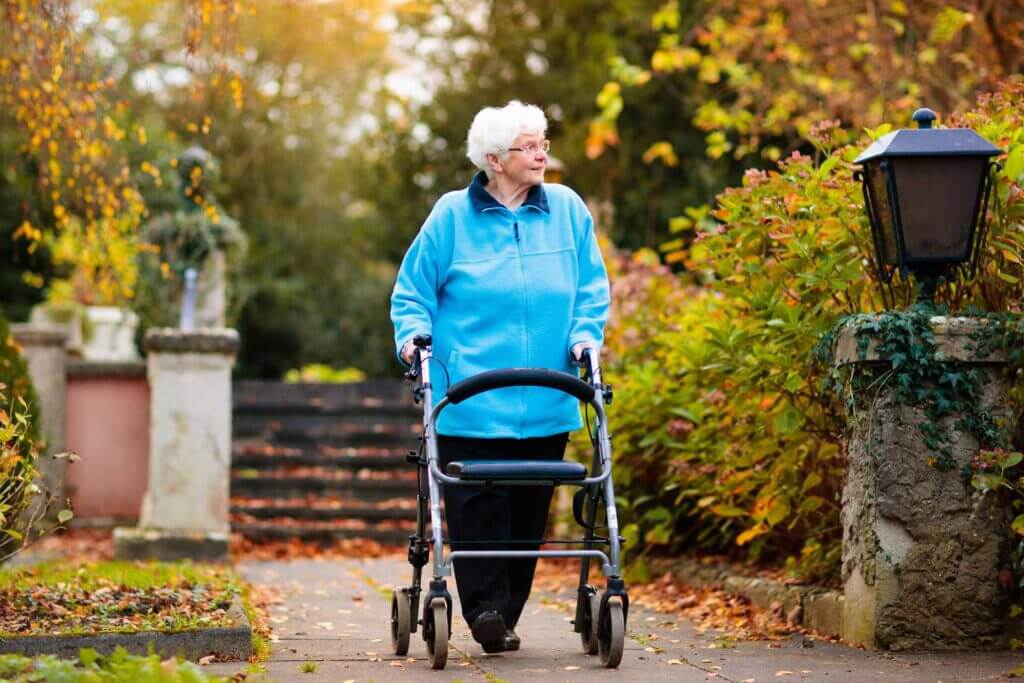
Which walking aid is right for me?
If you have carefully considered your reasons for wanting a walking aid and are practising the reactivation exercises already, then let’s consider which type of walking aid would best suit your needs.
- Walking poles: These are used by hikers for stability. If they are climbing a steep hill, the poles need to be shortened on the way up (to the same length) and lengthened on the way down. Walking poles help by allowing you to use your upper body strength to help stabilise and push yourself along.
- Single walking stick: Walking sticks are typically used as the first walking aid to help someone’s walking ability. They can provide more stability when you feel unsteady and allow you to keep walking and getting out and about, which is really important to do.
- Two walking sticks: If you feel steadier with two walking sticks, it is really important to make sure they are both the same length! You need to be able to hold them both properly to provide sufficient support for your walking.
- Forearm crutches: These are never to be used without first consulting a professional. They are used to take the weight off your legs in specific circumstances and are only given to people who need to be able to move about without putting pressure on their feet/legs, such as after an accident during recovery.
- Four-wheeled walking aid: Known as rollators, these provide a stable wheeled walking aid for if you feel unsteady. They are the next step up in support from a walking stick because they move over the ground on wheels and allow the user to have a more stable frame to lean on. Rollators are built with brakes for safety, and some have built-in seats which can be used when out and about. This can be really helpful if you struggle with walking for longer periods and need to sit down often. Rollators can help get you out and about so that you can still go out with friends, go shopping, and take walks in the park, which are all really important activities to still be able to do.
- Three-wheeled walking aid: These can be less steady than a four-wheeled rollator so please be careful of the terrain you are trying to use them on. Some of these rollators are collapsible so please make sure to lock them in the open position before use. Many physiotherapists do not recommend these as they do not provide solid stability.
- Walkers: These have four stable legs that touch the ground. You lift the walker to move it forward and then place it down again to create a stable frame to assist walking. Although you would need to be able to grip and lift the walker with your arm strength, they do offer increased support in holding your weight if you struggle with balance and are a good choice if you need something to partially support your body weight.
With any walking aid, it is important to check that they are safe for you and your specific needs. Read the instructions on how to set them up properly and always make sure they are set to the right height for you for your safety.
Don’t guess which walking aid may be right for your needs! Always seek professional advice, whether that be from a professional or an expert system like The LifeCurve™ app. Taking the two-minute LifeCurve™ quiz can tell you where you are on The LifeCurve™ and expertly match you to the right exercises, advice, and equipment you will need to improve your walking ability.
Conclusion
Walking aids can help, but it’s essential to get good advice from an Allied Healthcare Professional or an expert system like The LifeCurve™ App. The best thing you can do is to keep as much ability as possible through movement and exercise, but the right equipment at the right time can help either in the short or long term. Make sure you get the right equipment for your abilities and keep walking!

